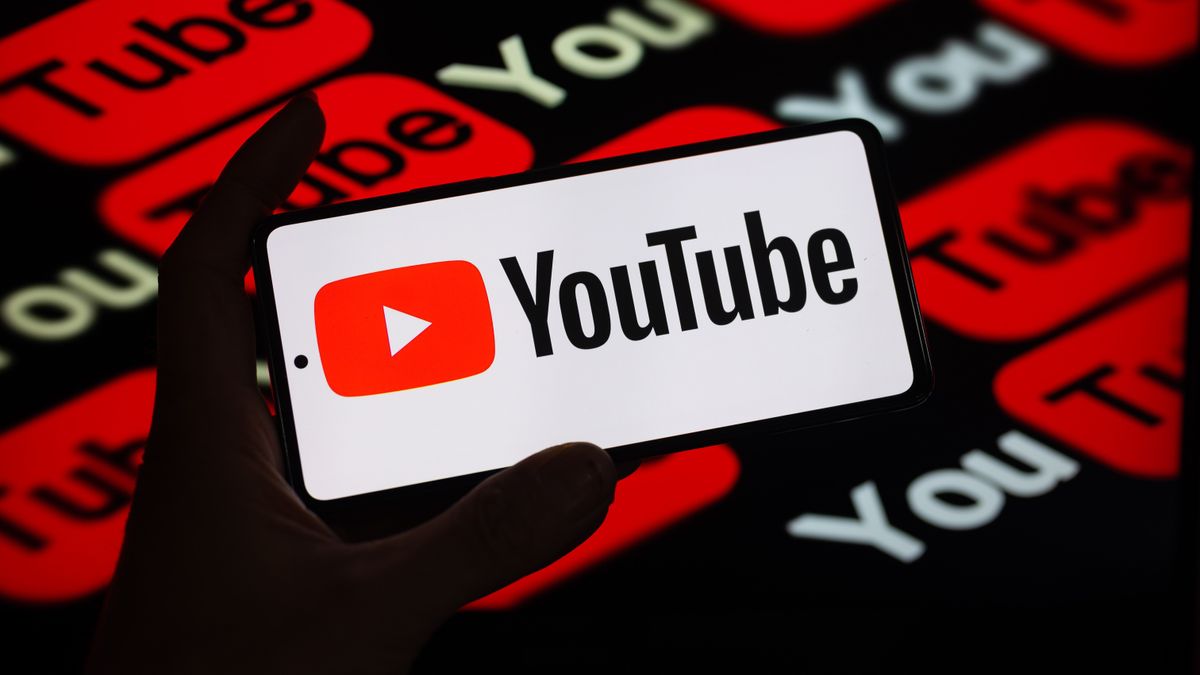Sports
Why are sports organizations including the NFL and Ligue 1 investing in their own streaming services?

The NFL overhauled its app ahead of the season’s kickoff last week, placing its ad-free RedZone streaming service at the center of its NFL+ premium customer offering. At the same time, European soccer leagues including France’s Ligue 1 and Italy’s Serie A have pushed forward with their streaming efforts, with the former’s games now shown online only in the crucial U.K. and Ireland market.
Sports organizations know that demand for these services stems, in part, from the complexity (and cost) consumers face when trying to view every televised match their team takes part in. NBA games, for example, are set to be split across four different media providers, while English Premier League fans would have to subscribe to Sky Sports, TNT Sport and Amazon Prime Video to follow their club’s season in its entirety.
“Savvy rights holders are recognizing that technology has allowed consumer preferences to evolve,” said Fred Santarpia, president at Endeavor Streaming, a company that provides streaming technology to several clubs and leagues in the U.S. and Europe.
Kenny Ager, global head of commercial development at sports agency WePlay, agreed. “Sports streaming is defying the broader trend of consumers moving away from fixed-term subscription video-on-demand services to more flexible or pay-as-you-go models,” he told Digiday.
RedZone is priced lower than cable or streaming packages — $35.99 a year, compared to $59.99 for CBS and Peacock, for example — and has been available through the NFL+ subscription package as a standalone streaming service since 2023. It’s now the centerpiece of the NFL’s digital app, and a major component of the NFL’s attempt to answer that consumer demand for simplicity.
The service itself is simple enough — a subscription simulcast that pulls from CBS and Fox’s live Sunday coverage, bouncing between games with no breaks and no ads (though, there is room for advertisers around the edges — DraftKings, for example, currently sponsors RedZone). The result, said Lauren Manning, the NFL’s head of product design, UX and research, is “one of the best kind of lean-back ways to watch football of any variety, on any device.”
The simulcast doesn’t show whole games, instead focusing on scoring opportunities and other highlights as they appear, so avoids conflict with the NFL’s agreements with its broadcast partners. “It’s a delicate balance of not encroaching on their coverage,” Manning said.
Though Manning declined to disclose how much the NFL invested in its app redesign, which was carried out by digital agency Code & Theory, she said it had been reimagined around video consumption. “This was a very intentional shift to center and integrate the offering of NFL+ within our flagship platform,” she said.
The idea isn’t just to scoop up more subscribers but to create a more engaged football audience overall. According to Arjun Kalyanpur, senior director of product strategy at Code and Theory, having RedZone at the heart of the new app alongside news, analysis and fantasy football content, helps the NFL nurture fans’ loyalty. “You want to create habits,” he said.
For Jeremy Carey, chief investment officer at Omnicom Media Group agency Optimum Sports, the application of RedZone to fantasy football fans is a key selling point. “Fantasy tracking is huge. It’s certainly compelling content for when your team is not playing in the window and it’s a social driver, meaning the viewer is always in the know on the greatest plays as they happen,” he said. “This is specifically designed to draw in more consumption of NFL content.”
RedZone, he suggested, is “additive to the fan engagement model,” a tool to draw football fans closer into the sporting universe. And higher audience engagement can translate to a more valuable audience, from the point of view of both advertisers and the franchise owners.
“If I’m an owner in a smaller market with a team that may not have maximum national exposure, I love the fact that I can get exposure for my star players in their finest moments, raising the value and relevance of my team or any given team,” said Carey.
In Ligue 1’s case, it moved to offer a streaming service — Ligue 1 Pass — in the U.K. and Ireland after talks to find a broadcast carrier fell apart over the summer; previously its matches had been shown on TNT. With 140,000 French people living in the U.K., there’s a sizable audience to reach. Though the Ligue didn’t respond to requests for comment by time of publication, a press release announcing the Ligue 1 Pass noted the U.K. would serve as a test market, given the country “boasts a love for football as well as a mature OTT offering.”
The Ligue has bought rather than built its service from U.S. company Endeavor Streaming, which markets itself as an “end to end” advisor and tech provider in the space. Santarpia said Ligue 1 sees its Pass product as “a growth business over the long term,” adding that that direct-to-consumer streaming services were becoming “a core element of any rights holders media portfolio.”
According to Santarpia, it’s one of several football and soccer clubs that have begun using streaming to bring content to fans. Endeavor works with the University of Texas’ football team, Real Madrid, Tottenham Hotspur and, as of this season Newcastle United.
“It’s definitely an area of growth for the business,” said Santarpia, without providing precise figures. “We think we’re building a nice portfolio of partnerships with football media rights holders who trust us to help them deliver for their fans… we don’t see it slowing down in the next couple of years.”
Of those teams, only the University of Texas’ Longhorn service carries advertising. Santarpia suggested that could change in the future. “I would expect that you’re going to see a lot more subscription focused products which will eventually introduce advertising,” he said.
Ager concurred. “While most rights holders still focus on direct-to-consumer or pay-per-view models for live content, there’s a growing trend toward offsetting the consumer costs of on-demand, highlights, and archival content through commercial partnerships, ad monetization, or more recently fan engagement credit,” he wrote in an email.










